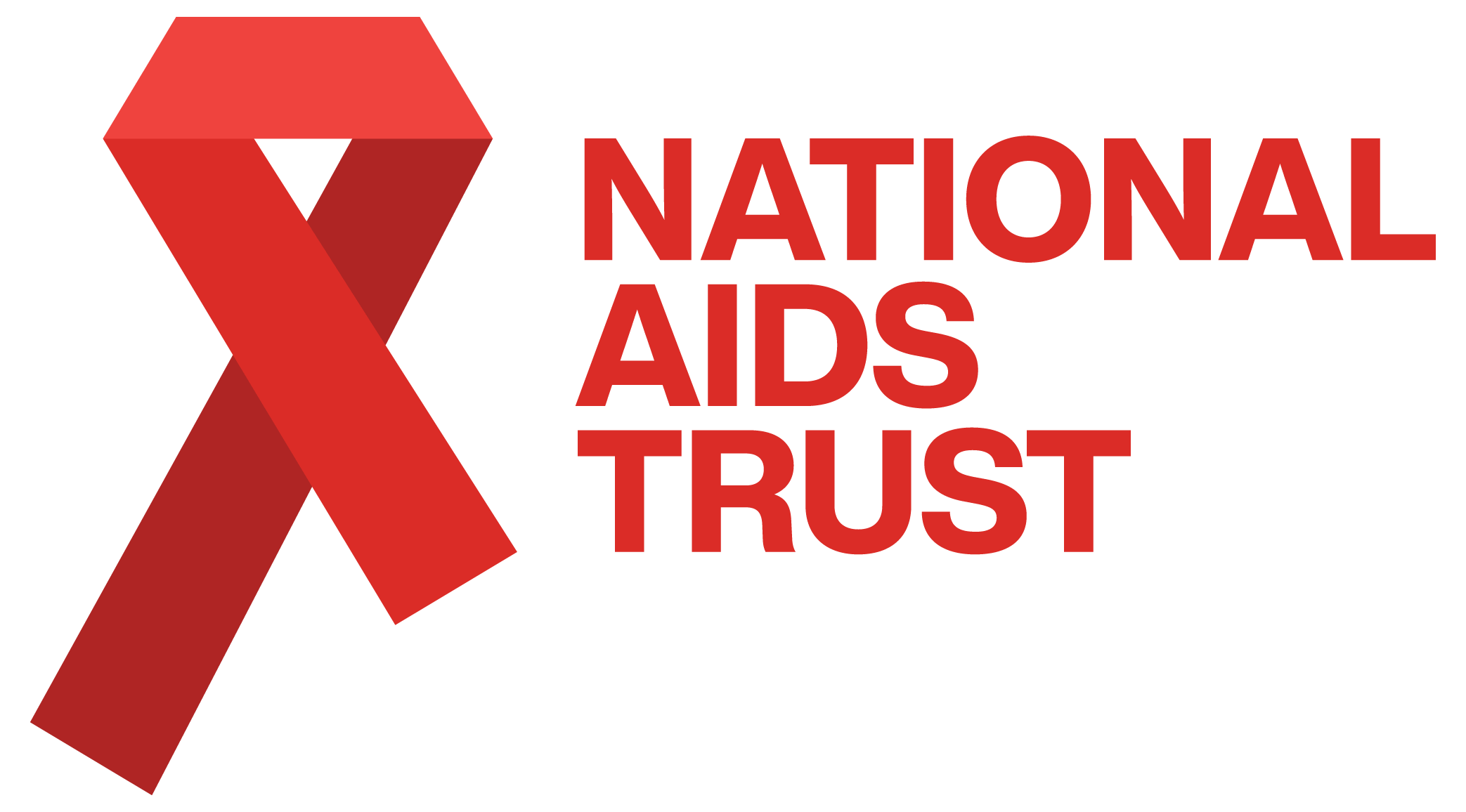PIP: Promoting independence?

Ever since the abolition of Disability Living Allowance (DLA) was announced, we at NAT have heard a lot of anxiety from people living with HIV about Personal Independence Payment (PIP), which is being brought in to replace DLA.
Everyone who gets DLA will ultimately need to be re-assessed for PIP, even if they have a lifetime award. Those people living with HIV who need extra financial support to meet the costs of life with serious long-term health issues are worried about losing their benefits.
The first research into PIP and HIV is now published, and unfortunately it does not show these fears to be baseless.
At the time that PIP was introduced, 1 in 10 people accessing HIV care in the UK were in receipt of DLA. Only 1,000 of this group have so far been through a PIP assessment, but the results aren’t encouraging. Just 63% were found eligible for PIP, compared to 73% of people with all conditions. Compared to people with other disabilities, people living with HIV who move from DLA to PIP are more likely to receive a lower rate of financial support on the new benefit – and less likely to receive a higher benefit.
Some people have asked me, are we sure that everyone living with HIV who receives DLA actually needed it? There may be a minority whose circumstances have changed. For most cases though, this change if fortune has happened because PIP is a new benefit, with new rules and a higher threshold of eligibility. The way the assessment is written means people living with HIV will not have their support needs identified – or where they are picked up, this will not necessarily translate to support.
When PIP was proposed back in 2010, the Government said it would help disabled people to “exercise choice and control and lead independent lives”. This is a great aim. DWP also employed the language of the social model of disability, which focusses on how social factors create barriers to participation for disabled people – in contrast to a medical model, where disabled people are defined by their physical or mental capabilities. This is also exactly the approach which NAT thinks PIP should take.
Unfortunately, this rhetoric has not translated to reality for PIP. The assessment looks a lot like the Work Capability Assessment’s notorious ‘tick box’ medical approach. The descriptors used are proxies for a basic existence and not for barriers to participation or the extra costs associated with an active, independent life. It is an atomistic view of the individual, without reference to the social determinants of their participation, such as access to personal networks, ability to engage in social activities, and availability of formal and informal forms of support.
This much was obvious back in 2012, when the PIP assessment was developed, before it was even implemented (in 2013) – and NAT made exactly this point at the time. Since then, the Government has ordered two Independent Reviews of PIP, chaired by Paul Gray. However, the remits of both reviews were strictly limited to implementation of the assessment, not the fundamental design or assessment criteria, which remain unquestioned. (With the exception of Government moves to restrict how certain descriptors were interpreted, so that it became harder for people with anxiety to be found eligible for support).
It is not too late to improve PIP for people living with HIV. The vast majority are yet to be reassessed. It is time to look again at PIP, from scratch, and make sure it lives up to its stated goals of promoting participation and independence.
Read NAT’s new research report, HIV and PIP.
NAT has also produced free resources on PIP for people living with HIV and the services who support them.


